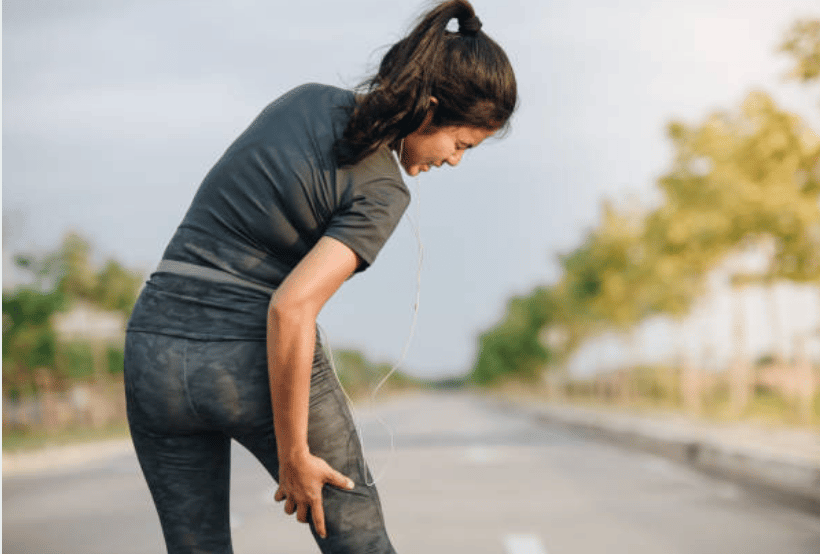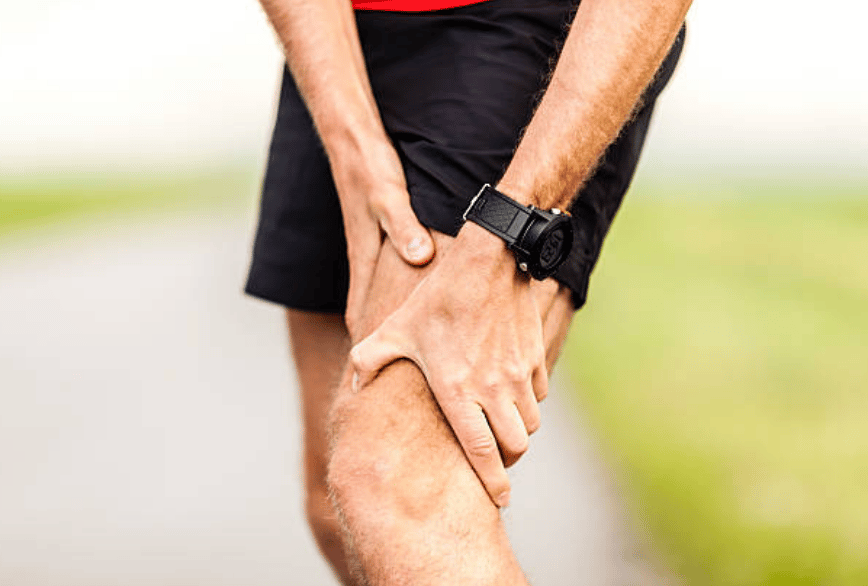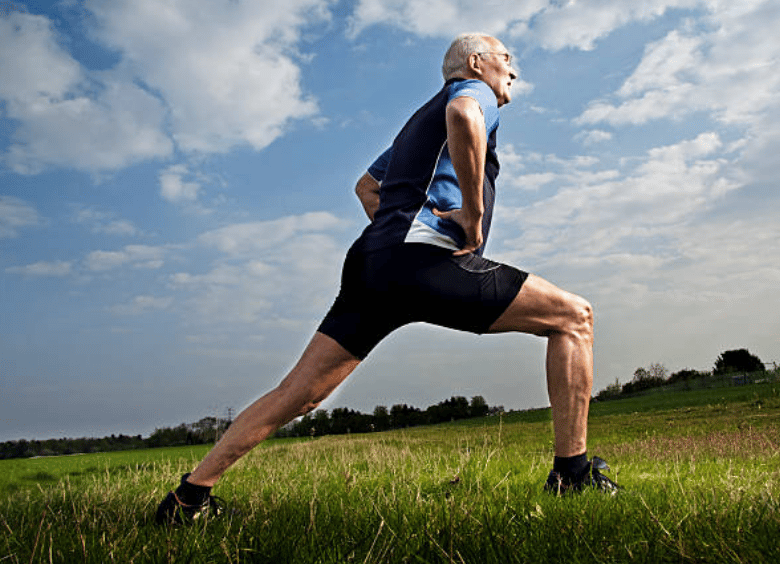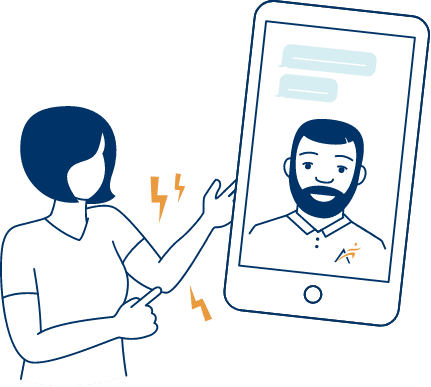(21,000+ reviews on Google across 150+ locations)
Join Airrosti’s Amy Nguyen, DC, as she discusses the signs and symptoms associated with hamstring strains. She also examines the common conditions that may lead to a hamstring injury and other potential causes of hamstring pain. Finally, Amy Nguyen will explore several traditional treatment options and give an overview of Airrosti’s non-invasive treatment method.
The hamstrings are a group of three muscles in the back of your thigh. These muscles work together with the glutes and quadriceps to move your legs. Your hamstrings are specifically designed to bend your leg at the knee and assist the glutes when performing hip extension. Standing, sitting, squatting, jumping, and running are all movements that rely on your hamstrings.
Because of their involvement in most everyday movements, underutilized hamstrings can become vulnerable to painful injuries, especially in athletes and active individuals.

Hamstring strains are some of the most common causes of hamstring pain. A hamstring strain injury often occurs when the hamstring muscle is stressed beyond its capacity. Many people experience hamstring strains during activities that involve running and jumping or suddenly stopping and starting.
There are a few potential factors that can influence your risk of developing a hamstring injury, including:
Common signs of a hamstring strain injury include:
Hamstring strains are often placed into different grades depending on the severity of the strain. These grades range from Grade 1 to Grade 3.
This is a mild strain that is often referred to as a pulled hamstring. The muscle fibers have been stretched and irritated but are not torn. A hamstring pull is not pleasant, but the pain is usually mild with no significant loss of mobility.
The muscle fibers may have partially torn. As a more moderate strain, these symptoms may include bruising, swelling, pain in the back of the leg, and difficulty walking.
The hamstring muscles in a grade 3 strain may be completely ruptured. This is a more severe injury that can result in severe pain, swelling, and loss of motion. Putting weight on the injured leg may be difficult or impossible.

Depending on the severity of the strain, a mild to moderate hamstring injury may take a few weeks to recover. More severe strains may even take months to recover.
You should not return to your old level of physical activity until you have full mobility in the injured leg and it no longer hurts to walk, run, and jump. If you start pushing yourself before the hamstring is fully healed, you could re-injure the hamstring and develop permanent muscle dysfunction.
Your doctor may request X-ray or MRI tests to help determine the severity of your injury and rule out any other possible conditions. Fortunately, many hamstring strain injuries are mild and can heal on their own with conservative care.
Ice, compression, elevation, and over-the-counter pain medications can help relieve the pain and swelling during recovery. While your leg is recovering, try not to push yourself too hard. You should be able to put weight on your leg and perform basic movements, but over-exercising or returning to regular activity too soon could lead to re-injury.
If the hamstring is completely torn, your doctor’s treatment plan may involve surgery followed by physical therapy.

If hamstring pain is leaving you on the sidelines, contact an Airrosti provider today. Our quality care approach can help you recover from injuries faster, with most patients returning to pain-free activity in as few as three visits (based on patient-reported outcomes). We also equip you with tools and resources to help you prevent injury recurrence.
Reviewed by Casey Crisp, Doctor of Chiropractic
Disclaimer: Always consult with your doctor before starting any exercise program. If you experience any numbness, tingling or reproduction of your symptoms, please contact your doctor.

My daughter had an extensive hamstring injury and was unable to independently complete her activities of daily living and was limping in pain. It took only three visits for Dr. Lara and Max to get her independent. I love the one-to-one attention! I would highly recommend Airrosti Brownsville to anyone with pain.
by Michelle John
